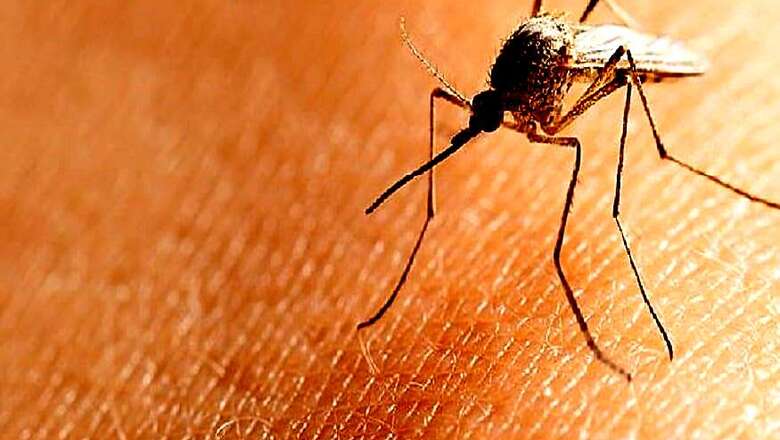
views
World Health Organisation describes malaria as a mosquito borne life-threatening disease caused by parasites that are transmitted to people through the bites of infected female Anopheles mosquitoes. It is preventable and curable. WHO says that in 2017 alone there were about 219 million cases of malaria in 87 countries around the world. The same year saw the deaths of 435,000 people from this disease. And, this is when malaria is a curable and preventable disease.
This disease is widely rampant in tropical and subtropical regions. But a study says that these parasites can also develop faster in mosquitoes at lower temperatures than previously thought. The findings of this study suggest that even slight climate warming can significantly increase the risk of malaria for hundreds of thousands, if not millions, of people in colder regions. This includes travellers to these areas too.
The Health Site says that according to researchers at Penn State, the rate of transmission of this disease to humans is strongly determined by the time it takes for the parasites to develop in the mosquito. The quicker the parasites develop, the greater the chance that the mosquito will survive long enough for the parasites to complete their development and be transmitted to humans.
Researchers say that previous studies on the subject suggested that these parasites develop very slowly in cooler temperatures. Hence, mosquitoes are unable to transmit it to human during their lifespan. But this study challenges this long held belief.
For the purpose of the study, researchers experimented on two malaria-hosting mosquito species, Anopheles stephensi and Anopheles gambiae. They kept these malaria-infected mosquitoes in the laboratory under a variety of temperatures ranging from 16 to 20 degrees Celsius. They also maintained a separate control set of mosquitoes at 27 degrees Celsius. This temperature is ideal for malaria transmission. Researchers also varied the daily temperatures by 10 degrees Celsius, 5 degrees above and below the daily mean.
It was believed that the parasites in the mosquito take 56 days to develop at 18 degrees Celsius. This is just above the minimum threshold for development. But this study proved that only 31 days are enough for this. They also saw that with variation in temperature, faster parasite growth happened at the cooler end, that is, 18 degrees Celsius. In fact, at this temperature, they grew in just 27 days.
They, therefore, concluded that even small increases in temperature can dramatically increase malaria infections in humans. This is because the parasites develop much faster at these lower temperatures than has been previously estimated, they say. Researchers are hopeful that these findings will save millions of people living in cooler geographical areas like mountainous regions.



















Comments
0 comment